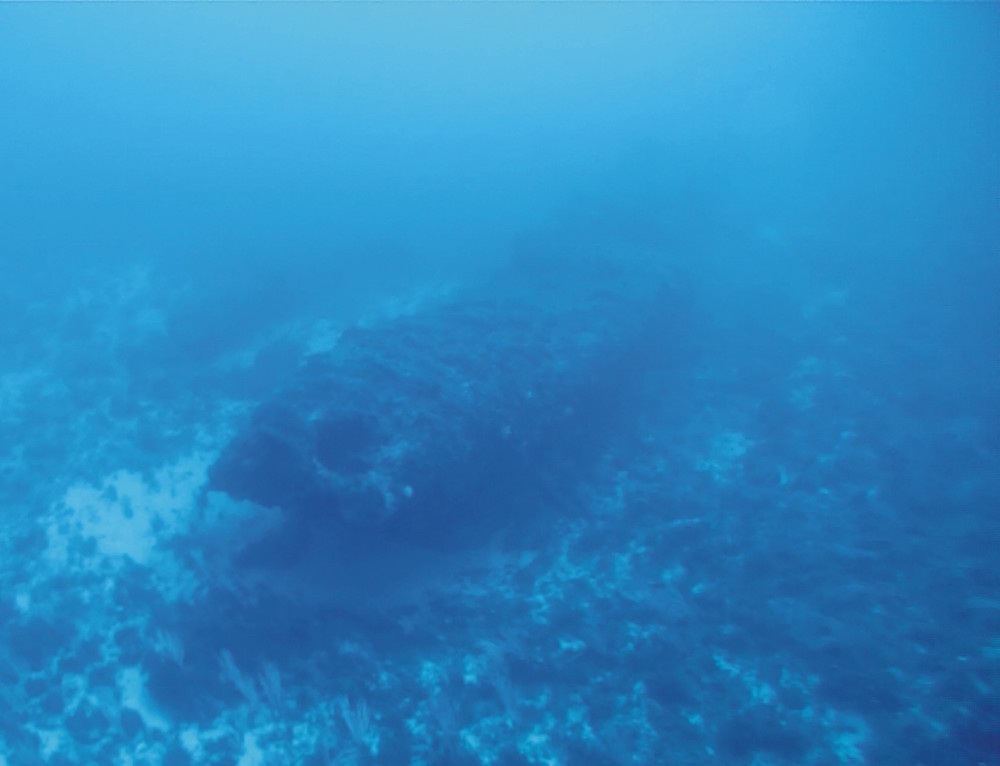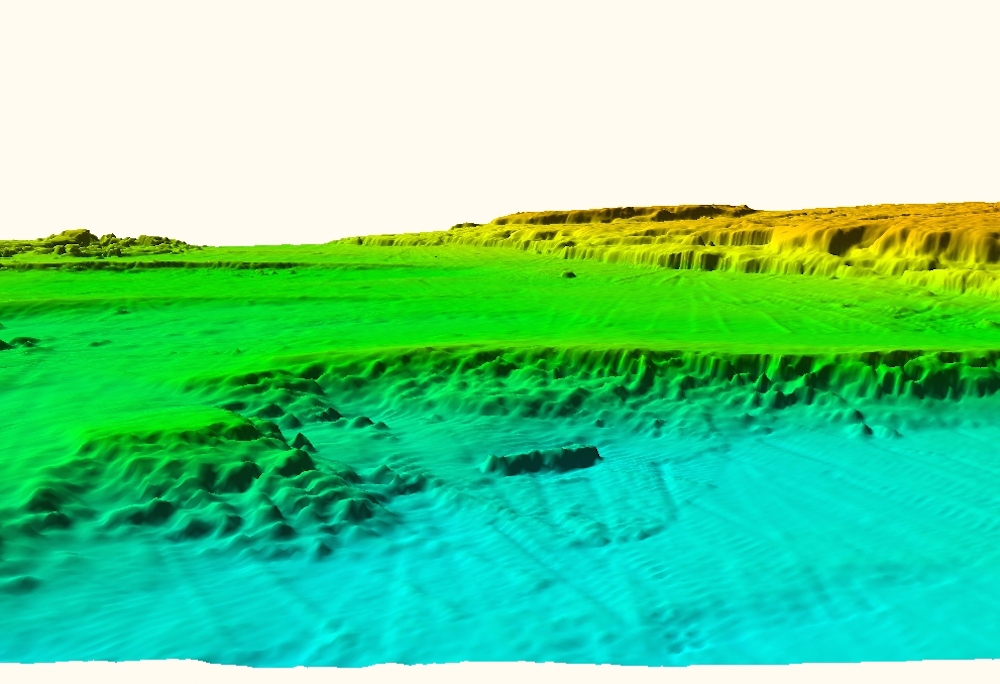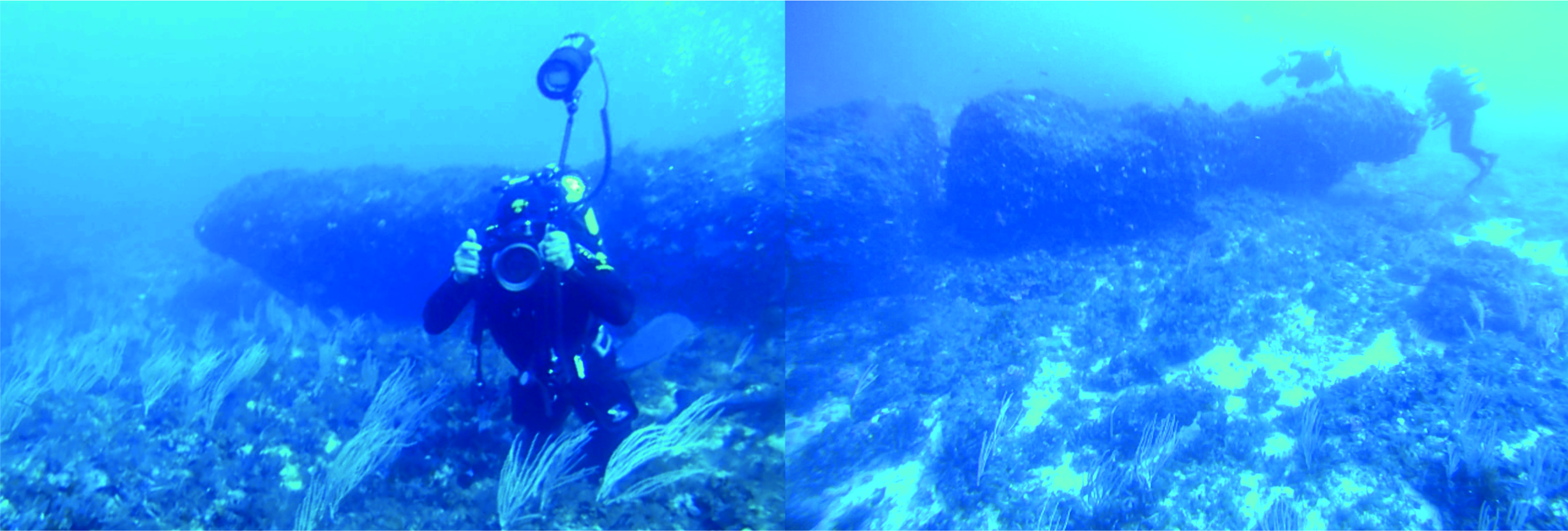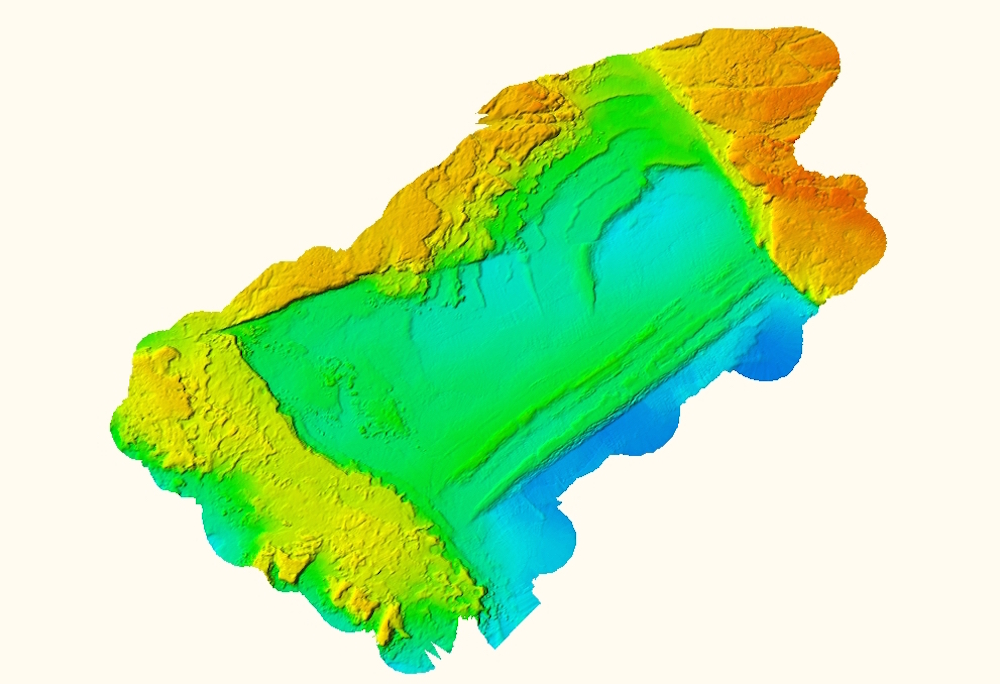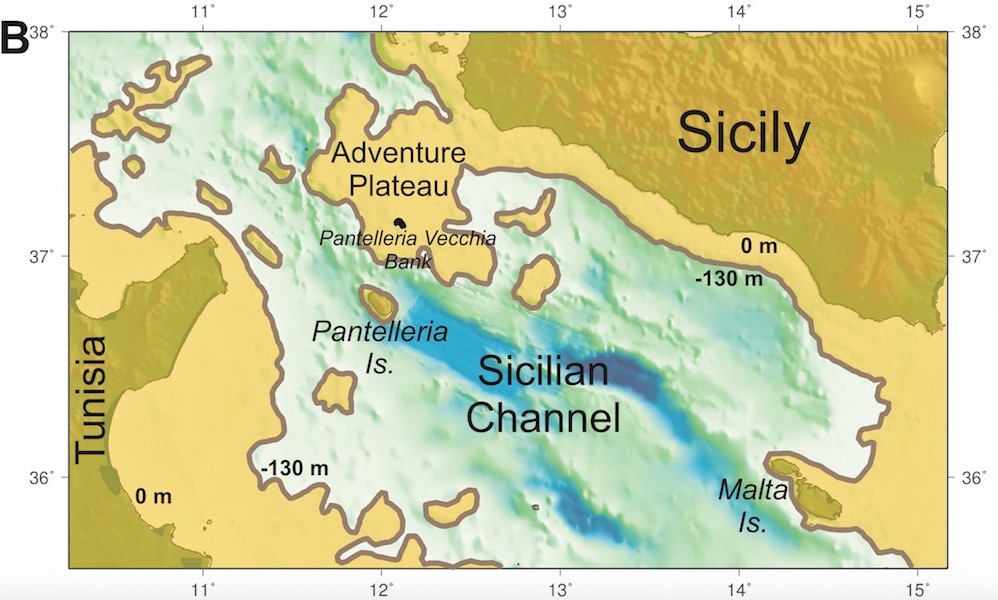Photos: Ancient Man-Made Monolith Discovered in Mediterranean Sea
During a high-resolution mapping of the Mediterranean seafloor, researchers discovered an enormous stone monolith resting in the Sicilian Channel. Ancient people may have crafted the monolith, and possibly used it as a lighthouse, the researchers said. However, it's unclear how ancient people living at least 9,500 years ago were able to cut, extract, transport and install the stone, the researchers said. (Photo credit: E. Lodolo.) [Read the full story on the Mediterranean monolith]
Underwater stone
After seeing the monolith appear on the high-resolution maps, the researchers sent divers underwater to get photos and video of the peculiar object. Notice the large hole at its end. The monolith has three holes with diameters of about 16, 20 and 24 inches (40, 50 and 60 centimeters). It's likely these holes were man-made, the researchers said.
High resolution
A high-resolution map showing the monolith on the floor of the Mediterranean. The monolith is 39 feet (12 meters) long, the researchers said.
Super stone
A full view of the monolith, which is broken in half and resting on the seafloor about 131 feet (40 m) underwater.
Get the world’s most fascinating discoveries delivered straight to your inbox.
Colored map
A high-resolution map of the Pantelleria Vecchia Bank that uses color coding to indicate depth. The rectilinear ridges in the bottom right are about half a mile (820 m) long. The monolith is located near the three green semicircular ridges.
Ancient shorelines
A reconstructed map of the Sicilian and Tunisian ancient shorelines. The brown lines show where the shoreline stood when sea levels were about 394 feet (120 m) below modern-day sea levels. During this time, Sicily was connected to Adventure Plateau, forming a peninsula.
The dark-gray lines show when the sea level was about 164 feet (50 m) lower than present-day sea levels, and the islands formed an archipelago and Pantelleria Island in the Sicilian Channel about 10,500 years ago.
Undersea landscape
A 3D map that gives a high-resolution view of part of the Sicilian Channel, where the researchers discovered the monolith.
Follow Laura Geggel on Twitter @LauraGeggel. Follow Live Science @livescience, Facebook & Google+.

Laura is the managing editor at Live Science. She also runs the archaeology section and the Life's Little Mysteries series. Her work has appeared in The New York Times, Scholastic, Popular Science and Spectrum, a site on autism research. She has won multiple awards from the Society of Professional Journalists and the Washington Newspaper Publishers Association for her reporting at a weekly newspaper near Seattle. Laura holds a bachelor's degree in English literature and psychology from Washington University in St. Louis and a master's degree in science writing from NYU.


